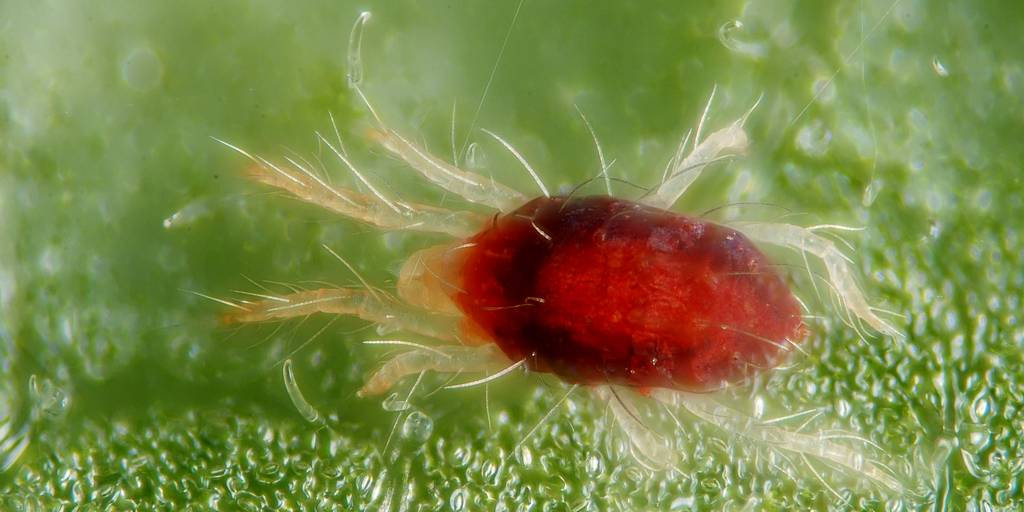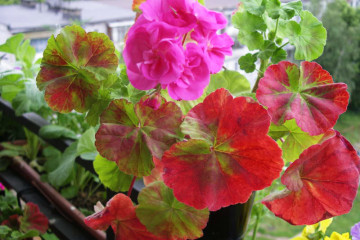Phlox lower leaves turn yellow: what to do
Content:
The beautifully flowering herb phlox is one of the most beloved flower crops among florists. Bright flowers are pleasing to the eye throughout the season, while they do not need special care. However, sometimes their flowering can be interfered with by diseases that accelerate the processes of wilting. Moreover, severe lesions can spread from an ailing flower to healthy neighboring ones, which ultimately harms the entire flower bed. The most common symptom of the disease is yellowing of the lower leaves of the plant. The article below describes in detail why phlox leaves turn yellow and how to deal with it.
What diseases can be the cause
Phloxes can be affected by:
- viral diseases;
- fungal diseases;
- mycoplasma diseases;
- pests.
In addition, due to improper care of the flower, damage to the physiological plan may occur.
Viral diseases
Viral infections are spread by garden pests: aphids, ticks, cicadas, and roundworms. Diseases of this kind are quite rare and do not cause much damage to flower crops. However, understanding the causes of phlox disease and knowing how to treat them can save plants and prevent mass infestations.
The yellowness of the leaves may indicate the defeat of the plant by the curl virus. In this case, a noticeable modification of the leaves occurs. Their surface is covered with numerous yellowish or black spots, the veins turn brown, the greens begin to dry, and the leaves themselves twist into a spiral. The bush, with weak short shoots, acquires signs of dwarfism. Phloxes lose their ability to bloom on their own and may even die.
In addition, all debris under the plant should be removed. If no means helped to get rid of the infection, then the plant must be dug up and destroyed.
In addition, phloxes can be affected by ring spot. The disease makes itself felt in the period from late spring to early summer. The first sign is the appearance of light or yellowish spots on the leaves. The virus spreads over time throughout the green mass. Phlox leaves curl, deformation of the plant occurs, the bush looks painful. The cause of infection is in the vigorous activity of the soil nematode. In most cases, the plant cannot be treated.
The next step after finding out the reason why phlox leaves turn yellow is to understand what needs to be done to cure the plant. With a constant, careful inspection of plantings, the timely identification and destruction of infected flowers, you can avoid the serious consequences of the activity of most viruses. The main carriers of viruses dangerous to plants are nematodes. First of all, you need to check the soil for infection with these particular multicellular individuals.If they are found, the site is treated with nematicides.
In addition, an infected garden tool (pruner) can spread the infection. The virus can also be transmitted by moles, fallen flowers from diseased plants and other plant debris. Florists have noticed that diseases can be transmitted by using cuttings and seeds from diseased plants.
Fungal diseases
Fungal diseases usually enter the plant along with sediments. This happens if the flower grows in the open air and does not have a hinged shelter. Cool rainy periods and temperature fluctuations are favorable times for the development of fungal spores.
If the lower leaves of phlox are covered with yellowish-brown spots, and the foliage of the upper tier has acquired a yellow color, then most likely this is phomosis. This disease is caused by the activity of the fungus Thomas, which affects the bases of the flower shoots and stains them brown. 6-7 days after infection, the leaves begin to curl and dry out. Below the leaf plate is covered with dark dots and turns black. The elasticity of the barrel is significantly reduced, and even cracking may occur. The flower leans against the ground or breaks. The virus usually attacks perennial (2-3 year old) plants.
Now you need to figure out what to do if phlox leaves turn yellow due to a fungal disease.
Treatment of phomosis is a very difficult task, therefore, the procedure should be started only if the infected plant belongs to a rare variety. The procedure is as follows:
- Cut off the tops from uninfected shoots.
- Place the cuttings in a fungicide solution (foundazol, maxim).
- Plant them in a remote and isolated area.
Mycoplasma diseases
The causative agents of mycoplasma diseases are pathogenic organisms. Disease carriers are some types of cicadas. When mycoplasma enters their body, the incubation period begins, so the spread of infection is slower than with other types of diseases. The spread of the disease can also be triggered by the multiplication of phloxes (during the growing season).
The most effective way to combat is to destroy infected flowers. However, those who are very sorry to destroy the plant can try to cure it. This should be done using aqueous solutions of antibiotics.
Pests
In addition, the yellowing of phlox can be affected by pests that feast on the tissues and juice of these flowers. Here is some of them:
- caterpillars;
- slobbering pennies;
- slugs.
How to deal with them
The most environmentally friendly way is to catch pests. They can be collected manually or set traps. For example, beer or yeast is good at attracting slugs. In addition, lime, ash and superphosphates are suitable for the fight. These medications can help if they are sprinkled around the bushes.
Spider mite
Another dangerous pest is the mite spider. Small arachnid insect feeds mainly on foliage. If subtle light stripes are observed on the leaves, then these are traces of the activity of a tick spider.
Insecticidal oils and soaps will help get rid of these insects.Moreover, they will be effective only when applied to the parasites themselves. As a preventive measure, you can spray a weak solution of soap and oil on plants up to 1 time in two weeks. Some growers recommend pest control with carbaryl spray.
Abundant humidity
Another reason for the yellowness of the lower leaves of phlox is its excessive moisture. In most cases, phloxes need a moderately moist soil for normal development. With too much liquid, the plant ceases to receive enough nutrients, which leads to boggy roots and poor oxygen supply. As a result, the rhizome begins to rot, and the first sign of this is yellow leaves.
What to do to help the plant
Proper care of the flower will significantly reduce the risks of its disease. For this, it is necessary to regularly carry out comprehensive protective measures. Compliance with agricultural practices (periodic watering, removal of weeds and pests, sanitary treatment and feeding) will also largely protect the plant from potential threats. In addition, it should be borne in mind that the growth of phlox in the same soil for a long time provokes the multiplication of microorganisms that adversely affect the flower. Do not forget about the hygiene of the growing area. If the plant is already sick, it is necessary to determine the cause of the infection and, depending on this, choose one of the treatment methods outlined in the previous sections.
Why do phlox lower leaves turn yellow? The main reason is improper plant care. This may be an unsuitable soil, insufficient / excessive moisture, or an untimely inspection of the flower. Prevention is another important factor that, if ignored, can lead to the development and spread of the disease. However, if the disease has already struck the plant, and signs of yellowing have begun to appear on it, then urgent action is needed. Even if the sick phlox cannot be saved, prompt actions will save other representatives of this culture from harmful effects.





















